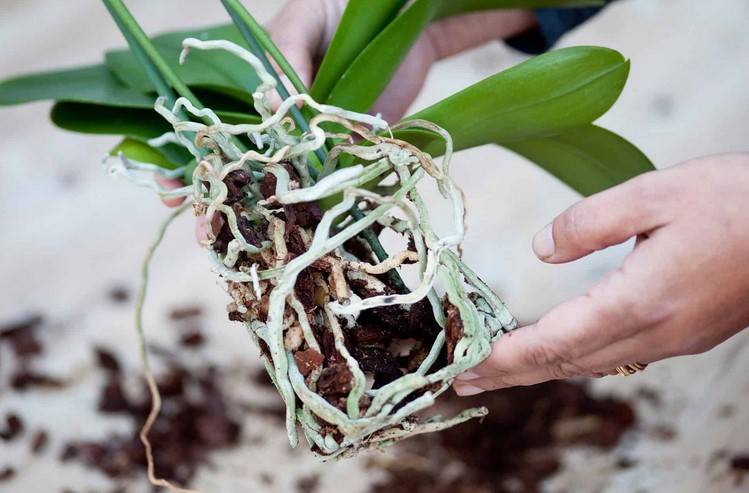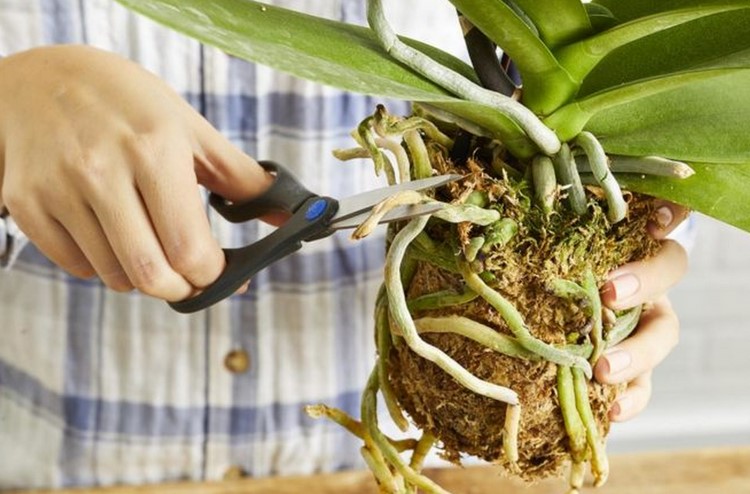How to Properly Care For Orchids
If you have an orchid, you probably know the importance of proper watering. But there is more to proper orchid care than just watering. Fertilizer, Humidifiers, and Dividing are all essential for orchids’ health and happiness. Follow these tips for successful orchid care:
Orchids are fascinating flowers enjoyed by many, but many people who want their home to be filled with their beauty don’t know how to care for orchids. There are over 25,000 varieties of orchids, and only a handful are viable as house plants. Some people think of orchids as notoriously hard-to-grow plants, but learning how to take care of orchids is easier than you might think for those of us who don’t have a personal greenhouse. Given the right conditions, anyone can make an orchid thrive.
Watering
During the fall and winter, orchids need less water than they do in the summer and spring. However, orchids can still benefit from a regular watering schedule year-round, provided that the temperature in the indoor climate remains constant. Avoid placing them near heat sources such as radiators or air- conditioning units, as these can cause excess evaporation and water loss. Watering orchids at least once a month is enough.

Fertilizer
One of the first steps in orchid care is proper fertilization. However, many orchid owners do not understand how to properly feed their plants. This is because orchids are salt sensitive. The minerals in fertilizers can burn your orchids or even break down the potting medium. Before using a fertilizer, you should first flush the salts out of the potting media. If the roots and leaf tips start to look brown, you might have too much salt in the potting mix.
Humidifiers
Insufficient humidity can cause your orchid’s leaves to brown and its pseudobulbs to shrink. In addition, plants need good air circulation in order to thrive and remain healthy. It is important to place your orchid near windows with good air movement, such as a south- facing window. Humidifiers will help keep the humidity at a consistent level. However, proper air movement is even more important than the humidity level.
Dividing
If you are thinking of dividing an orchid, make sure you divide it when the plant is mature. Dividing a young orchid prematurely can result in a weak plant. To avoid this, wait until the plant is mature. After dividing an orchid, it’s important to clean it thoroughly to remove any unwanted microbes, mold, or pests. Cleaning your orchid can also help you to assess the situation and decide what to do next. You can then pot two of the best divisions together or exchange one for another or sell it.
Planting
When you are planting orchids, you will want to make sure that you use the right potting mix. Medium potting mix includes perlite, charcoal, and grain fir bark. You can use a wood pot, but it must be lined with sheet moss. Orchids grow best in net pots, which are made of wire mesh and allow the orchids to breathe naturally. In the end, they should have minimal soil on top of their root system.
Temperatures
To make your orchid grow well, you need to know the correct temperature range. Typical orchids are tolerant of a range of temperatures, but some orchids are sensitive to a wide range of temperatures. These plants need an average temperature range of 70 to 80 degrees Fahrenheit throughout the day, and they require a slightly cooler temperature range at night. You should also consider the humidity level, since orchids thrive in higher humidity levels than their low-lying cousins.

Pruning
Orchids need periodic pruning to promote healthy growth. The process of pruning is best done after the flowering season and during the dormant period. The proper way to prune your orchid depends on its type. However, the proper timing of pruning is dependent on the season. Here are some general guidelines for orchid pruning. You can use one of these methods to get started. If you have ever pruned an orchid before, you’ll know what to look for.
Caring for orchids is easy once you know what to do and have an understanding of the many factors involved in growing these beautiful and exotic plants. Check out the site below, which should help you get started on your first (or next) orchid. Hopefully, you’ll soon find that caring for an orchid doesn’t have to be such a daunting task.
